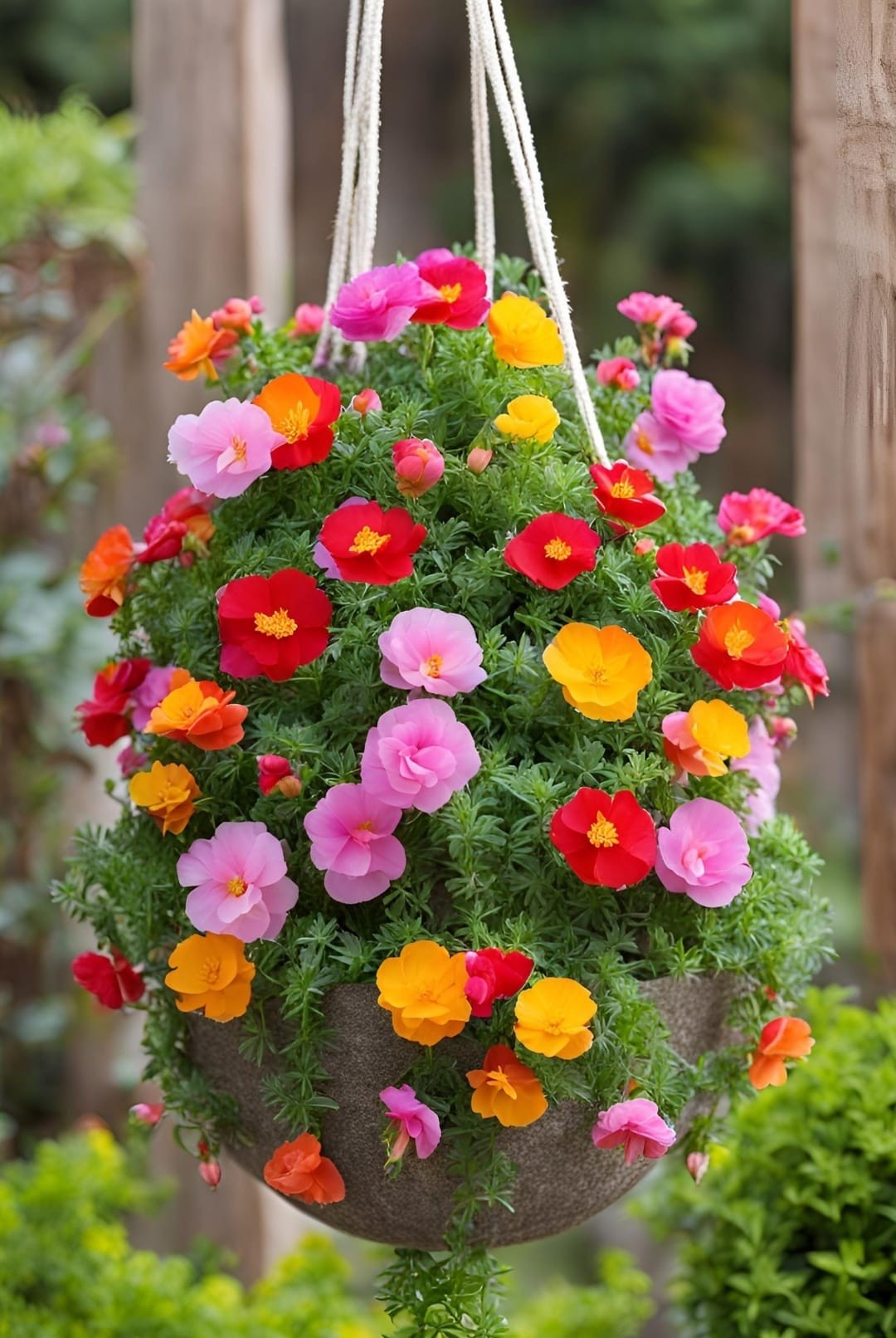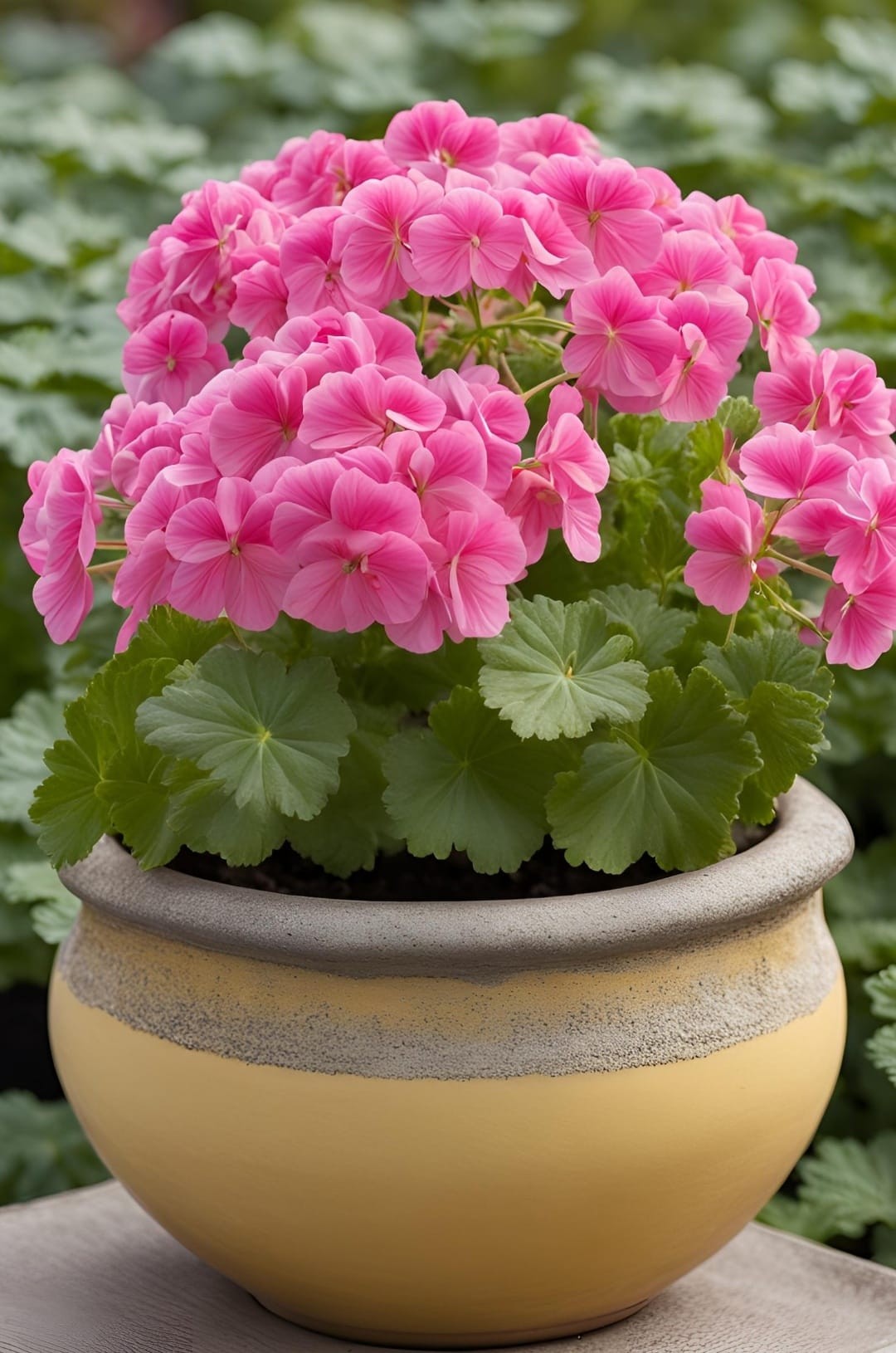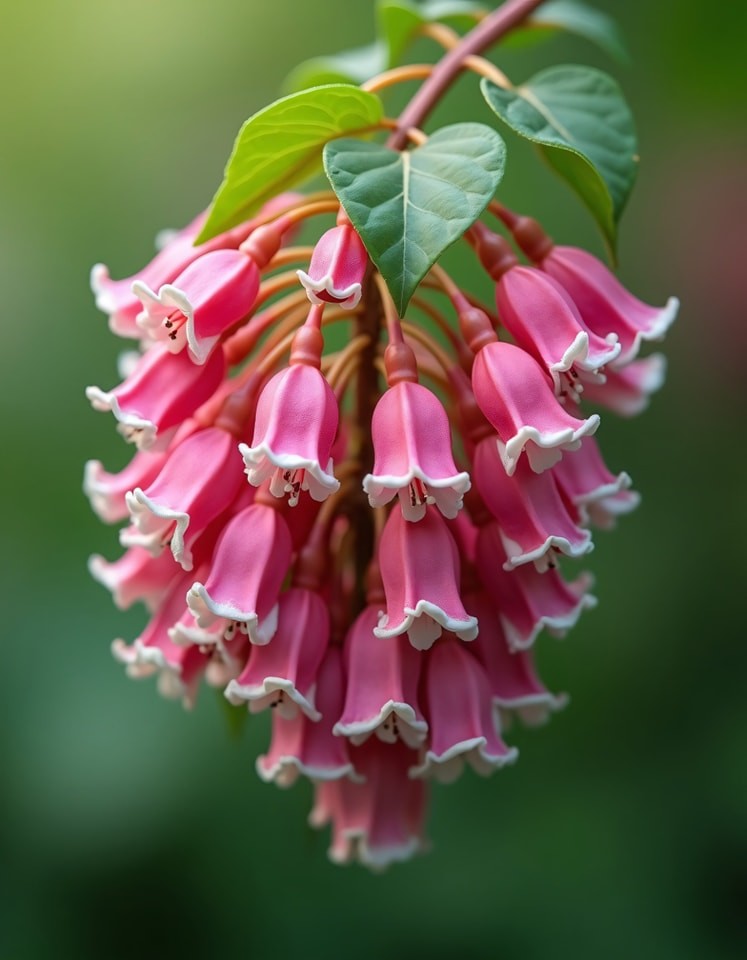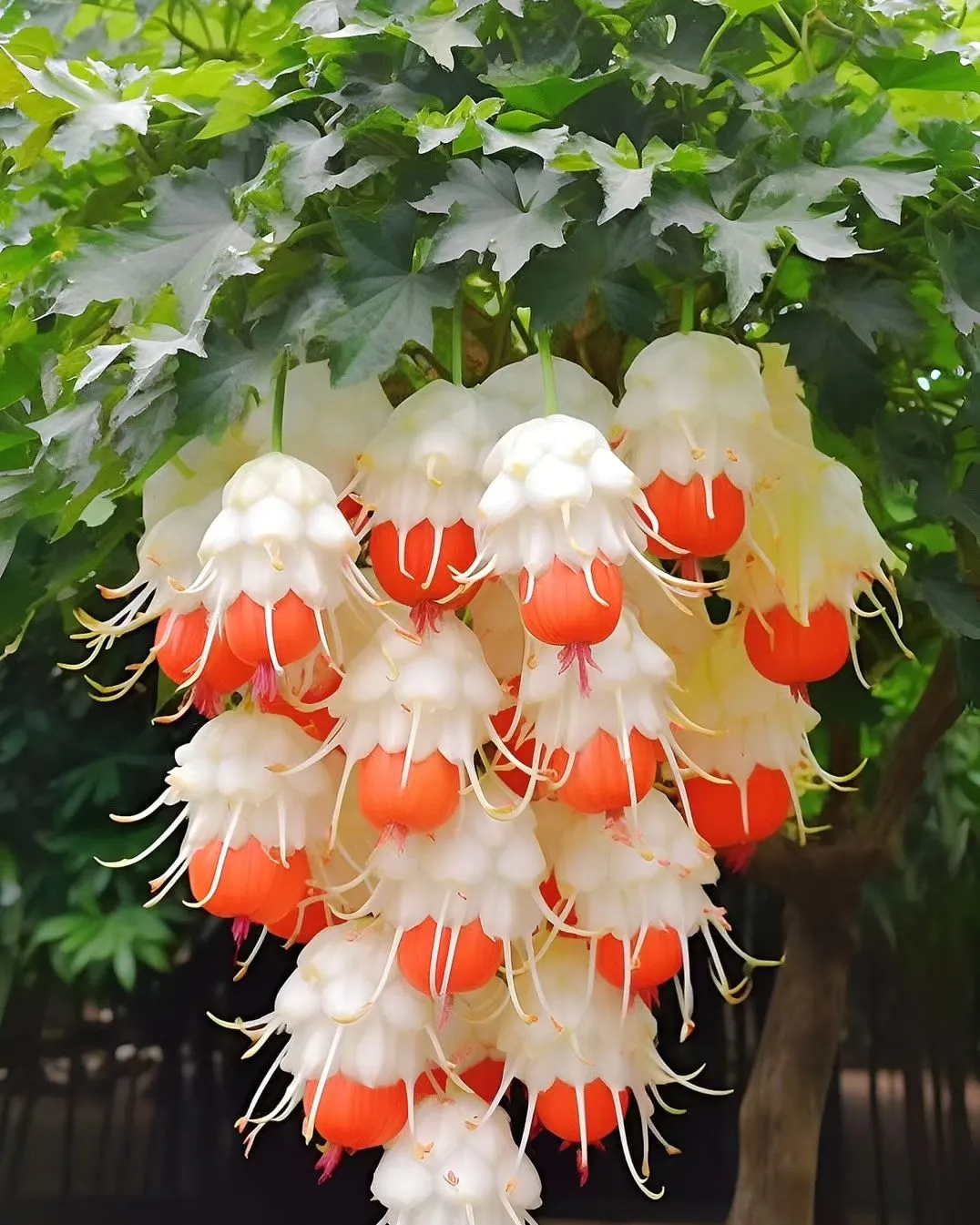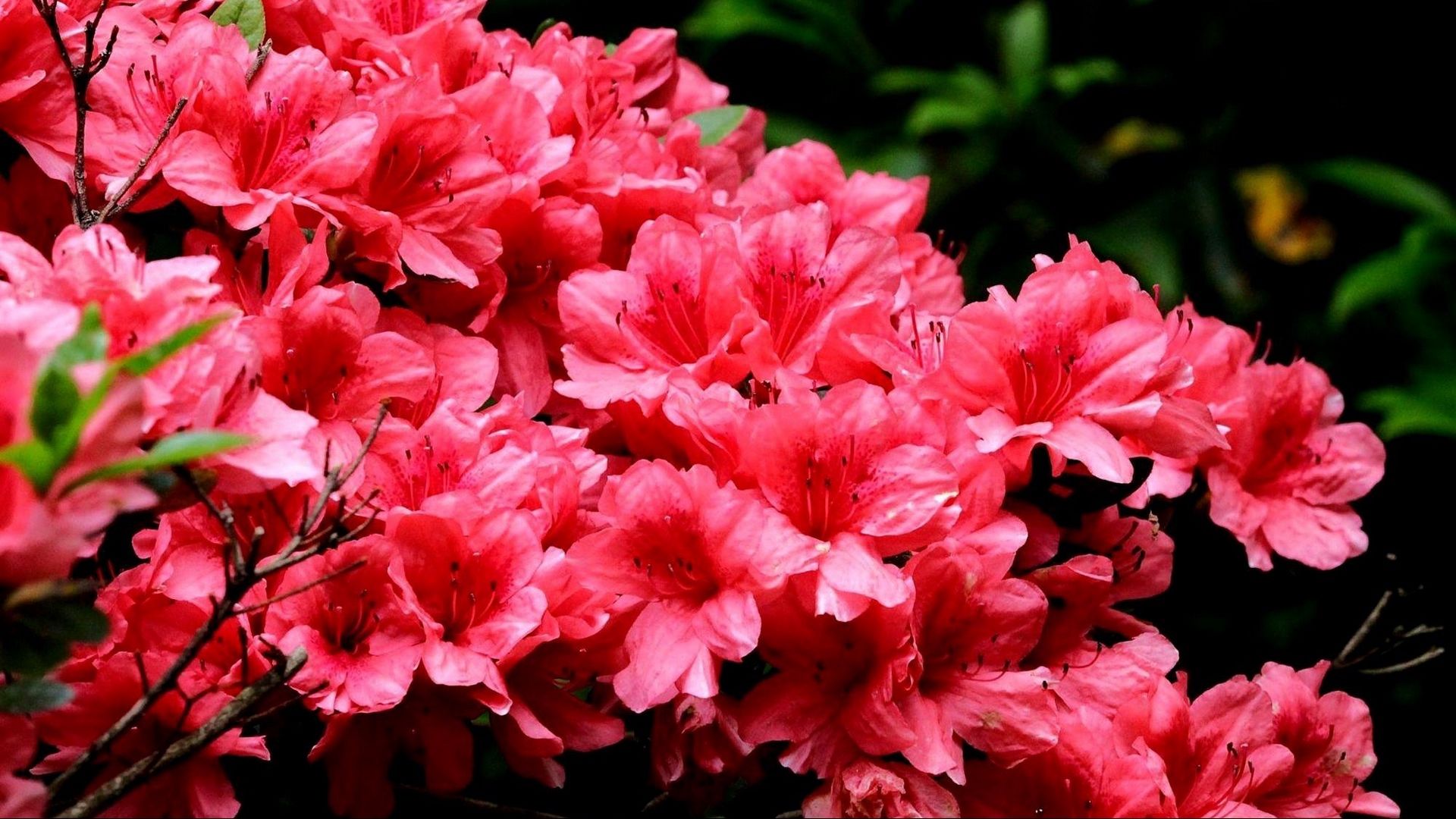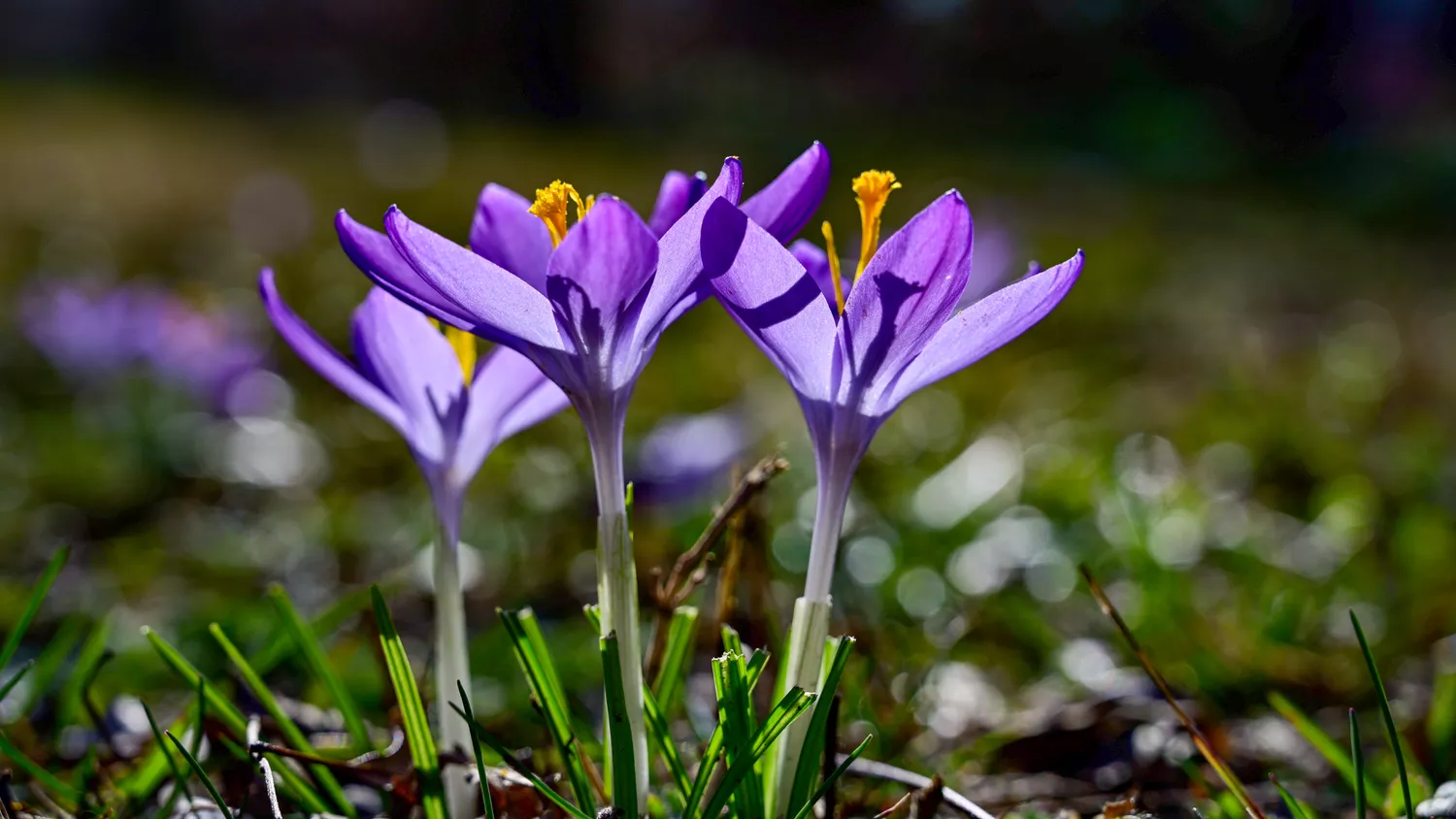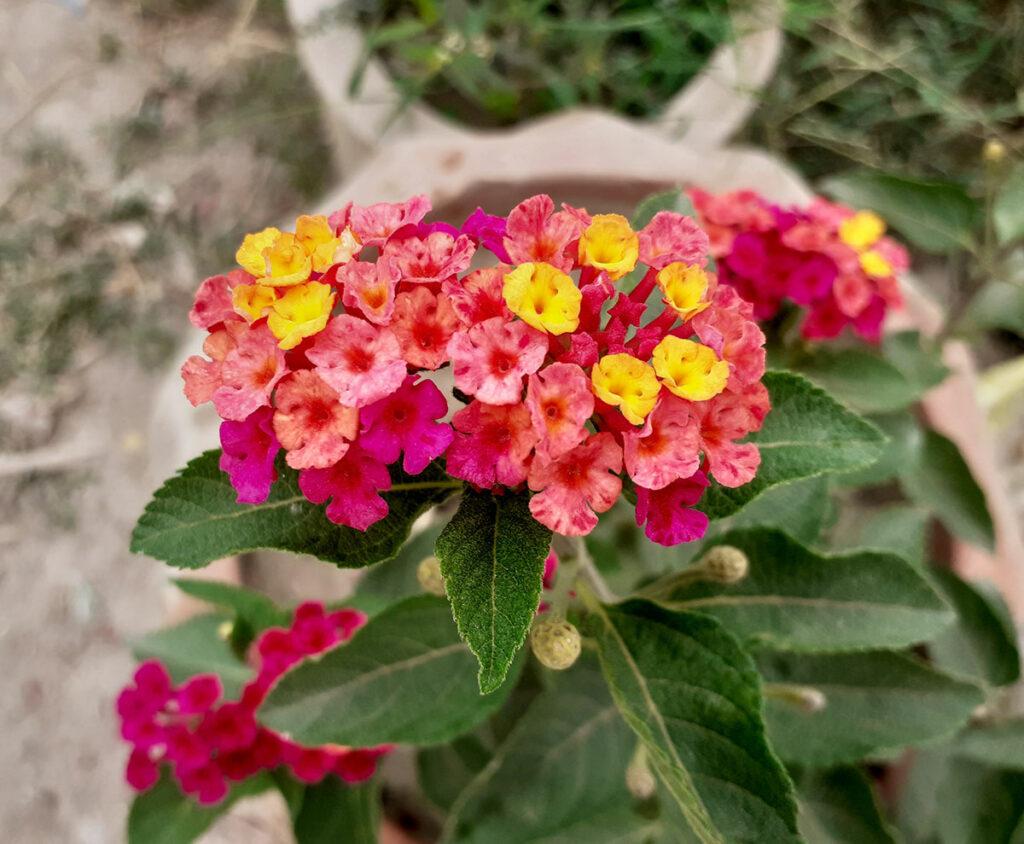
Lantana is a popular flowering plant in gardens around the world. It is known for its vibrant flowers, which come in shades of pink, orange, yellow and red.
They are usually grown as shrubs or as a ground cover.
One of the most popular ways to propagate lantana is through cuttings. It is a relatively simple process and can be done by gardeners of all levels.
In this article, we will give you a step-by-step guide on how to propagate lantana from cuttings.
The ideal soil mix for lantana cuttings should be well-draining to encourage root growth and prevent waterlogging.
A mixture of 50% peat or coconut fiber and 50% perlite or vermiculite is recommended.
Please note that garden soil should be avoided as it can retain too much moisture and cause root rot. A commercial mix labeled for seed starting or propagation is also a good choice.

When propagating lantana from cuttings, the choice of the mother plant is essential to ensure the success of the process. When selecting a plant for cuttings, consider factors such as the overall health of the plant, the size and shape of the leaves, and the color of the flowers.
By choosing a plant with desirable traits, you can guarantee that new plants will exhibit the same characteristics. A healthy, mature plant is ideal as it has a developed root system that can help the cutting grow properly.
Additionally, it is imperative to select a disease-free plant to prevent the spread of pests and diseases to new plants. Additionally, the leaves should be healthy looking and the flowers vibrant.
When selecting a plant, choose a lantana that is at least a year old and has a strong, sturdy system with evenly spaced leaves.
Avoid plants that have wilted or yellowed leaves. Also, do not take cuttings from plants that have damaged stems or flowers.
By selecting the right mother plant, you can increase your chances of successfully propagating lantana cuttings. This can ensure that you will have healthy and vibrant plants.
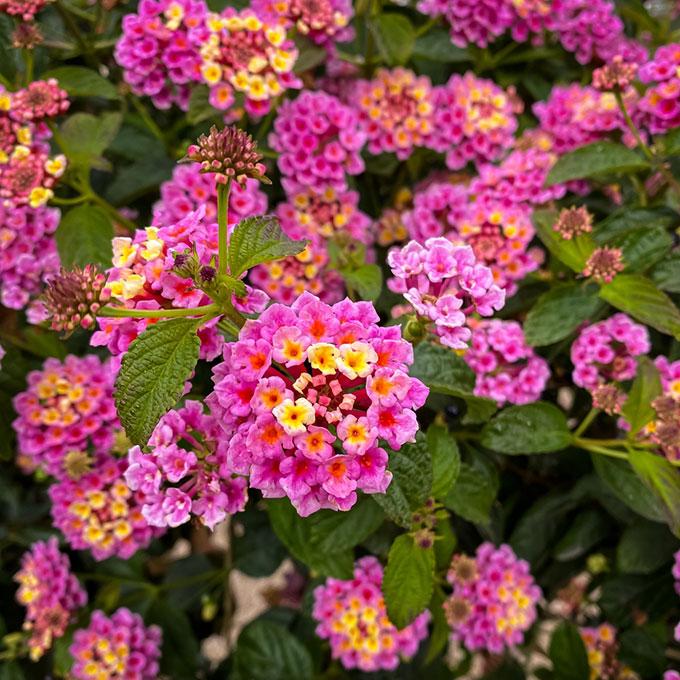
Once you have identified which plant to take your cuttings from, the process is quite simple:
Step 1: Fill a small container with the prepared soil mixture, leaving 1 to 2 inches of space at the top. Make a hole in the center of the soil with a pencil or similar tool.
Step 2: Take a 4 to 6-inch cutting from a non-blooming stem. Cut at a 45-degree angle, just below the knot. Remove the bottom leaves from the stem and then leave two to three leaves at the top.
Step 3: Dip the cut end of the stem into a rooting hormone powder. It will help the cutting develop roots faster. Then, place the cutting in the container or pot with the prepared soil mixture.
Step 4: Once the lantana cutting is in place, gently press the soil to secure it. Make sure the bottom 1 to 2 inches of the cutting are buried in the soil mixture.
Remember to water the cutting well and cover the pot with a plastic bag to create a humid environment.
Step 5: Place the pot in a warm, bright place, away from direct sunlight. Finally, check the cutting regularly and make sure the soil is moist. After a few weeks, the cutting should develop roots and new leaves.
Once you have planted your lantana cuttings, proper care is essential to ensure their growth.
Propagating lantana from cuttings is an effective way to grow new plants with the same desirable traits as the mother plant. You can do this by selecting a healthy, mature lantana, preparing the right soil mix, and providing the cutting with the right environment.
By following this guide, you will be able to successfully propagate lantana cuttings and enjoy beautiful flowers in your garden or home.
